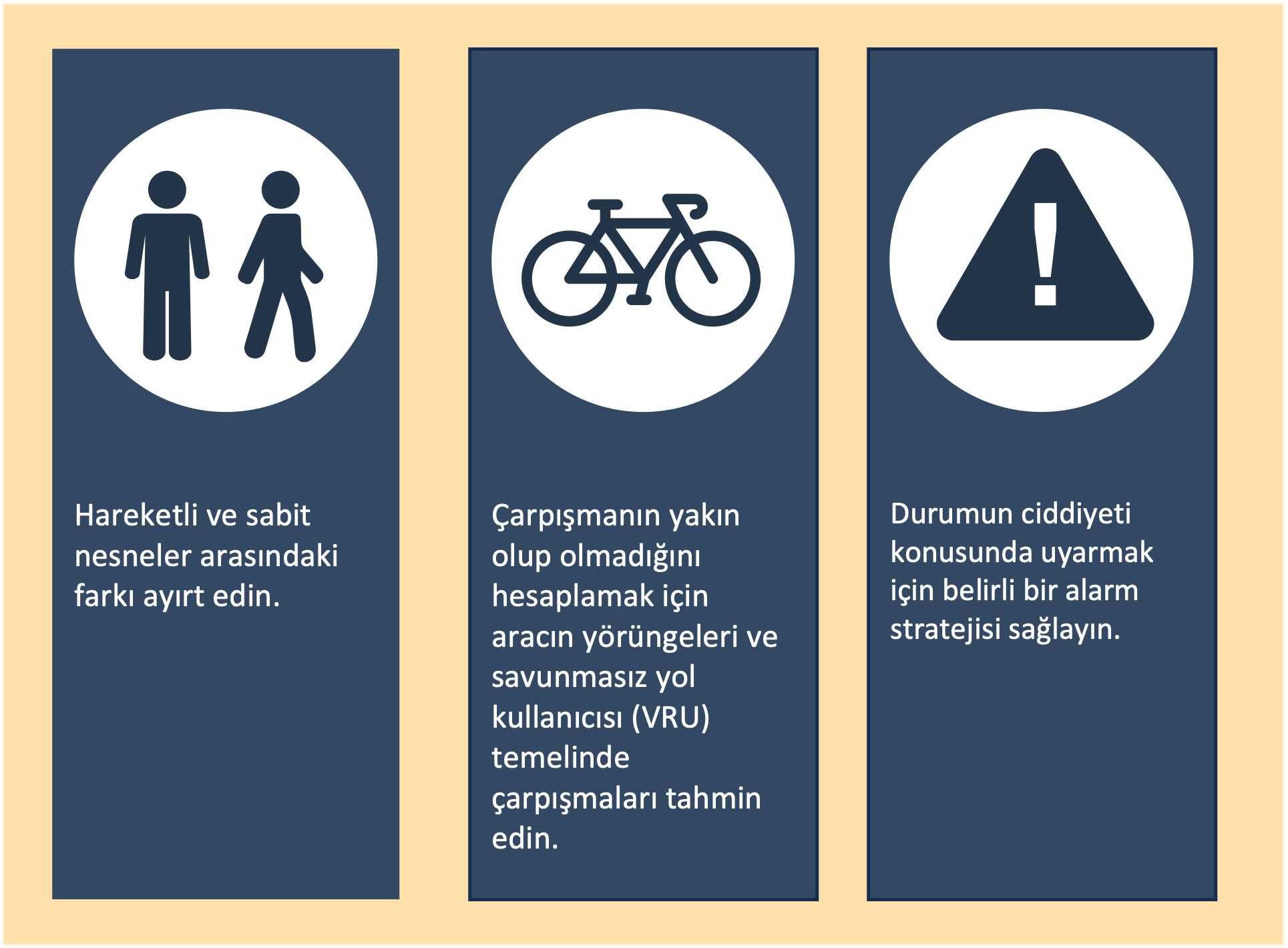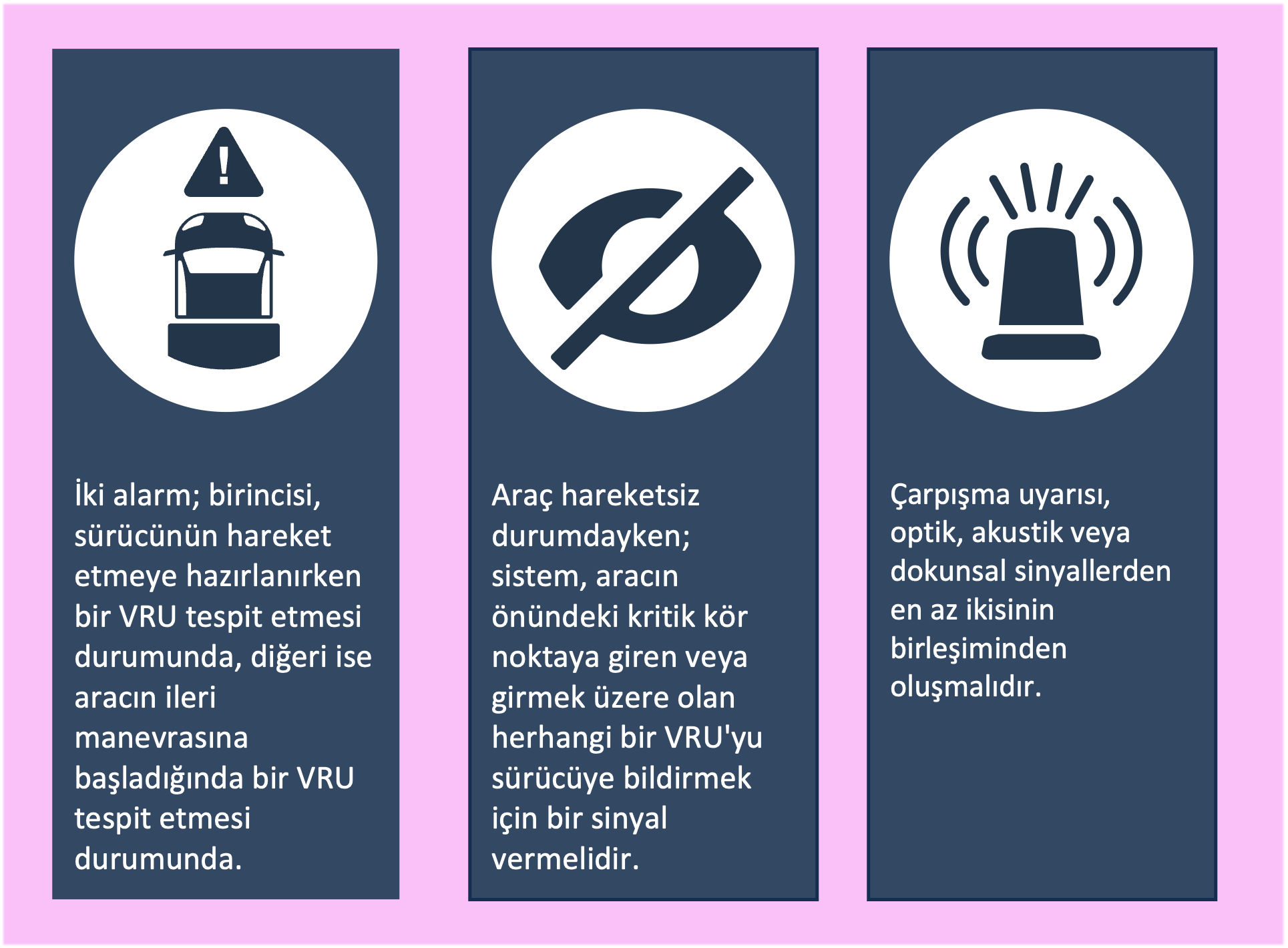Your cart is currently empty!
(PSS) Progressive Safety System
Progressive Safety System (DVS2)
As of October 2024, the Direct Vision Standard (DVS) permits required to operate Heavy Goods Vehicles (HGV) in Greater London will undergo significant changes. The most important of these changes is the increase in the minimum star rating requirement from one star to three stars. This regulation is a step towards enhancing safety, particularly for vehicles with lower star ratings. Under the new regulation, vehicles wishing to obtain permits will need to be equipped with additional safety equipment.
Transition from Safe Permit to Progressive Safety System (PSS)
Previously, the permit for additional safety equipment on HGVs was called the “safe permit.” However, as of October 2024, this permit will be renamed to “Progressive Safety System” (PSS). This change is part of a broader effort to raise safety standards. Since PSS includes the latest technological advancements, some operators may need to replace their existing equipment with more advanced solutions.

01
Progressive Safe System (DVS2)
PSS requires a significant change in technology. While the previous safe permit only mandated obstacle detection systems on the side of the vehicle, the Progressive Safety System (PSS) demands technology capable of predicting collisions based on the movements of the vehicle and vulnerable road users (VRUs). This prediction is critical in determining whether a collision is inevitable. Additionally, the system includes a specific alarm strategy to inform the driver of the severity of the situation.
New Additions to the Progressive Safety System
02
Active Side Sensor Systems
Differences Between UNECE Regulations 151 and 159 and DVS Requirements
UNECE Regulations 151 and 159 have different detection coverage areas compared to DVS requirements. The regulations allow certain gaps in detection for side and front areas, whereas DVS mandates detection extending to the side and front of the vehicle. The General Safety Regulation (GSR) refers to the homologation of the entire vehicle. Therefore, a product that complies with Regulations 151 and 159 may not meet the DVS requirements in the aftermarket phase.


03
Forward Detection System or MOIS requires
Differences Between UNECE Regulations 151 and 159 and DVS Requirements
UNECE Regulations 151 and 159 have different detection areas compared to DVS requirements. These regulations allow certain gaps in detection for side and front areas, whereas DVS mandates detection extending to both the side and front of the vehicle. The General Safety Regulation (GSR) refers to the homologation of the entire vehicle. As a result, a product that complies with Regulations 151 and 159 may not meet DVS requirements in the aftermarket phase.
